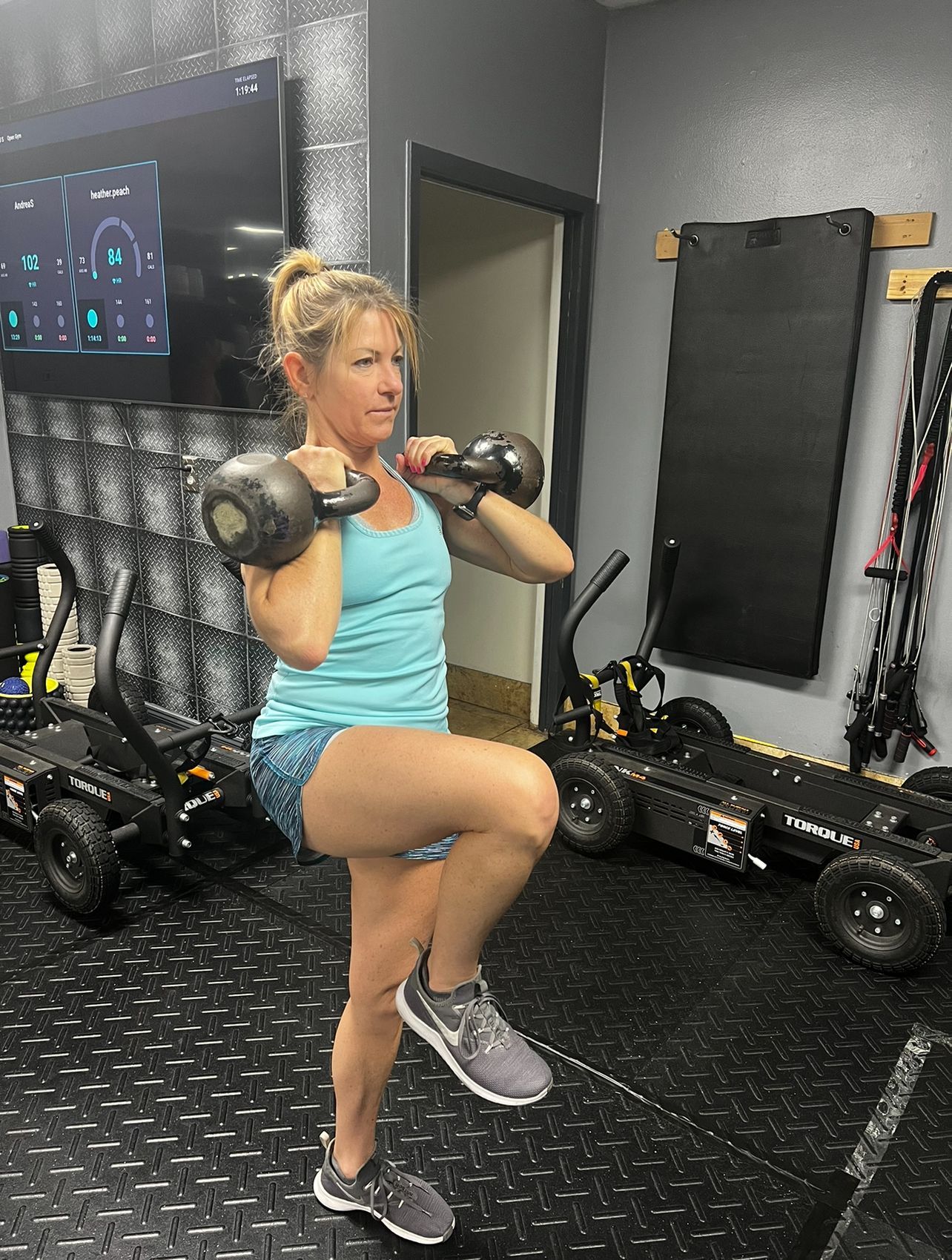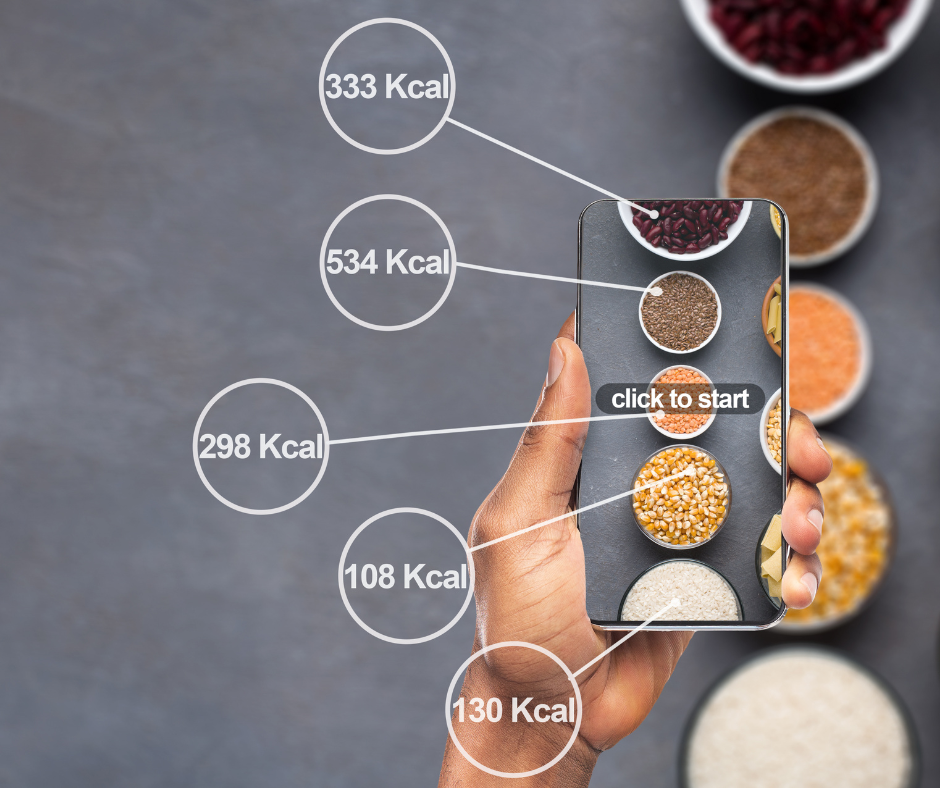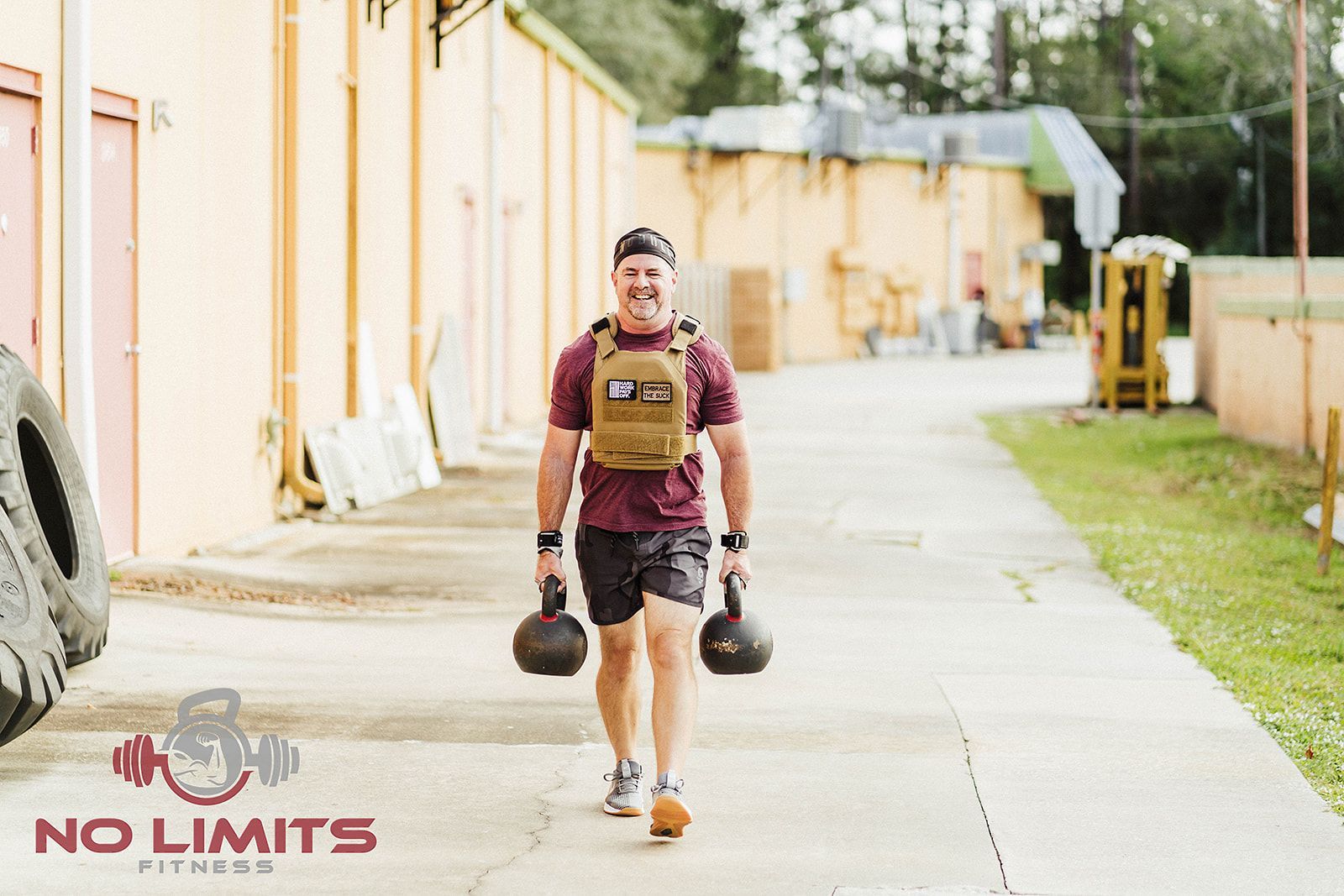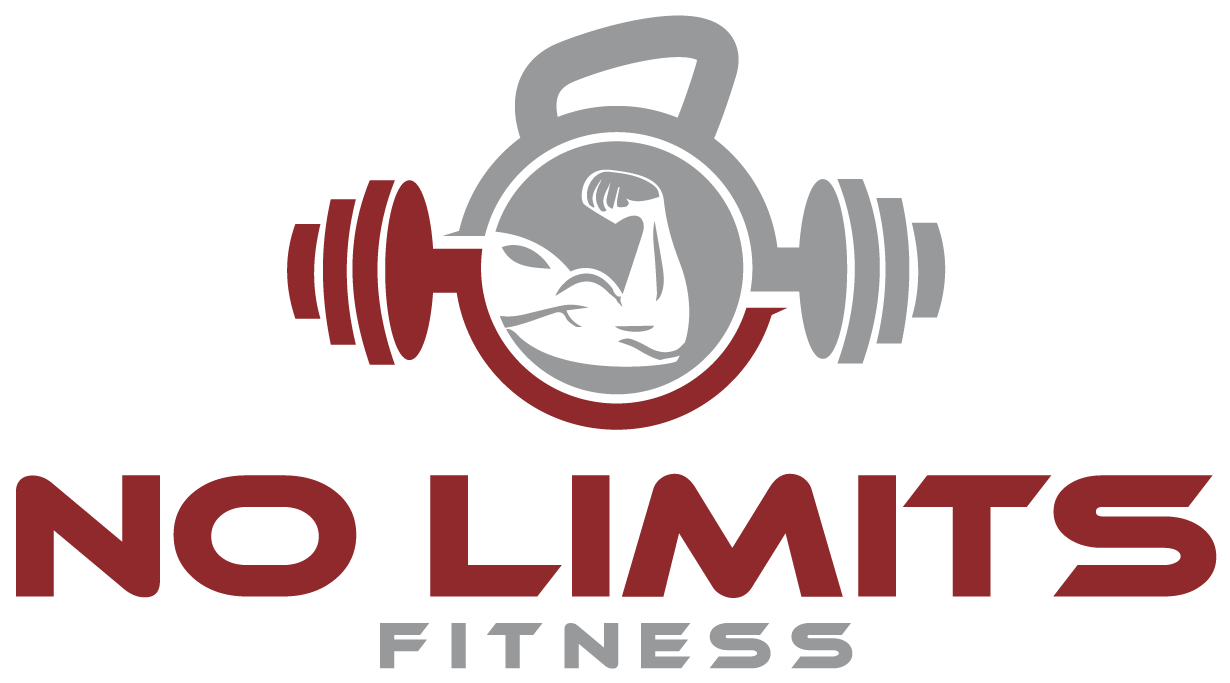Life Hacks of the Longest Lived People
Think living a long and healthy life well into your nineties or even one hundred years old is only for those lucky few who hit the genetic lottery? Think again. Keep reading to find out some of the life hacks of the longest lived people!
Lifestyle factors, i.e. the things you do everyday over the long-term – can add up to increase the number of quality years in your lifespan.
Look no further than the people of “Blue Zones” for proof of how powerful everyday habits are when it comes to staying healthy for the long haul.
The Blue Zones are regions around the world where people have very low rates of chronic disease and live longer compared to other populations.
They are located in regions of Greece, Sardinia, Costa Rica, Japan, and California, where a large number of Seventh Day Adventists reside.
Because these communities are home to the greatest number of people who live healthfully into their nineties and even hundreds, researchers have studied them to determine just how they age so healthfully.
Do you have to live in an actual Blue Zone to guarantee longevity? Nope! You can adopt some of the well-studied lifestyle traits of these folks to promote health and longevity right where you are.
Here’s the top life hacks of the world’s longest living people:
1. Eat a Plant-rich Diet
Blue Zone residents eat a mostly plant-based diet that includes plenty of fruits, vegetables, beans, nuts, and whole grains. Animal foods aren’t avoided – they eat smaller portions of meat a handful of times per month.
You don’t have to become a strict vegetarian or vegan, but it’s important to eat a variety of plant foods daily – they contain fiber, vitamins, minerals, and powerful antioxidants that help decrease inflammation and protect you from chronic disease, like heart disease, diabetes, and cancer.
A simple rule of thumb is to fill half your plate with vegetables at every meal. Yep, every meal!
2. Include Healthy Fats
Eat heart healthy unsaturated and omega-3 fats in the form of olive oil, nuts, and fish.
Getting enough omega-3’s helps decrease disease-causing inflammation and keeps your heart and brain healthy.
Eating enough fat also keeps you feeling fuller longer, which can help prevent overeating that leads to weight gain – bonus!
3. Stop Eating Before You Feel 100% Full
Avoid the clean plate club. Eating slowly and chewing your food thoroughly gives your brain and stomach time to register that it’s had enough to eat.
Blue Zone communities avoid overeating and eating beyond feelings of fullness, which again, can help prevent weight gain.
4. Drink Red Wine
Enjoying a glass of red wine a day increases your antioxidant intake, which is thought to decrease inflammation and help prevent heart disease.
Of course, moderation is key. Four ounces of wine is considered a glass, and drinking more than that is associated with negative health effects.
5. Move Your Body Throughout the Day
Have you heard the phrase “sitting is the new smoking”? As in, it’s not good for your health to sit for extended periods of time.
Lack of physical activity and prolonged sitting is linked to weight gain, obesity, and increased mortality. Be sure to look for opportunities to add movement and exercise into your regular routines.
You might try:
- Stretching while you watch tv
- Take an after dinner evening walk
- Park farther away from your destination
- Choose stairs over elevators
- Take standing and stretching breaks at work
- Use a stand-up workstation, and fidget while you work (or dance!)
The world’s longest living people live active lives that include daily physical activities, like gardening, walking, and manual tasks.
RECIPE
Mediterranean Bean Salad
Ingredients
- 2 15-oz cans of beans, drained and rinsed (use black beans, cannellini beans, kidney beans or chickpeas/garbanzo beans)
- 1 english cucumber, chopped with skin on
- 1 bell pepper, diced
- 1 small red onion, diced
- 1 cup cherry tomato, halved
- 1 cup kalamata olives, roughly chopped
- ¼ cup virgin olive oil (= longevity oil!)
- ¼ cup red wine vinegar
- 2 whole cloves of garlic, minced
- 1 tsp dried oregano or 2 tsp fresh herb
- salt and pepper to taste
Preparation
1. Combine beans, cucumber, pepper, onion, tomatoes, and olives in a large bowl.
2. In a small bowl or sealed jar with a lid, whisk or shake together olive oil, vinegar, garlic, oregano, and salt and pepper.
3. Toss salad with dressing and enjoy at room temperature or refrigerate unused portions.
REFERENCES
The post Life Hacks of the Longest Lived People appeared first on No Limits Fitness.
About No Limits
No Limits Fitness provides step-by-step programs to help busy adults get the body they’ve always wanted, without restrictive diets or time-consuming workouts, so they can lead more fulfilling lives. Life is a much better experience in a strong, healthy body!
Recent Posts



Luci
Doug
Tasha
No Limits Fitness helps busy professionals lose weight, get stronger and have more energy so they can lead the lives of their dreams...even if they've tried before and failed.
SERVICES
CONTACT INFORMATION
All Rights Reserved | No Limits Fitness | Privacy Policy

